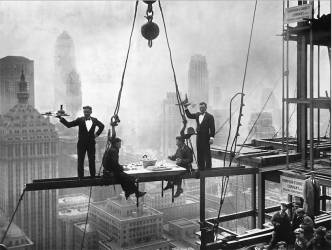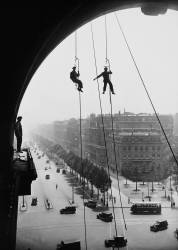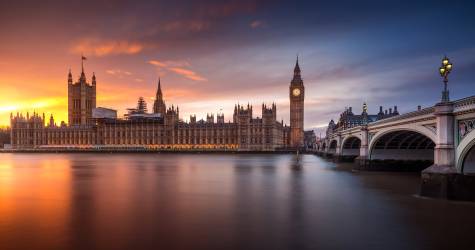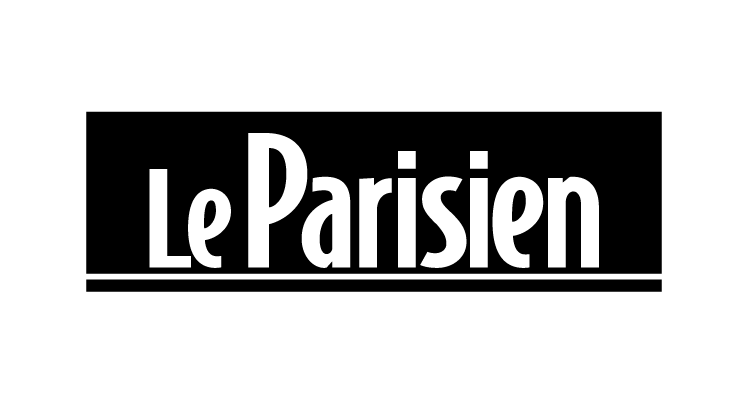Architectural photographs
Architectural photography covers both the external structures of buildings and their interior spaces. Architectural photographers capture not only the lines and shapes of buildings, but also the atmosphere, the light and the interaction between people and their built environment. Mainly associated with urban photography, architecture bears witness to an era and makes places recognisable, sometimes emblematic. Once photographed, architecture becomes a marker of time, sometimes allowing people to project themselves into a bygone era. Architecture is man-made, and as such is sometimes part of humanist photography. The beginnings of architectural photography date back to the early days of photography, when pioneers such as Daguerre and Talbot began experimenting with this new form of expression. Over the decades, architectural photography has evolved to reflect the aesthetic and technological trends of each era, from the romantic black-and-white shots of the 19ᵉ century to the vibrant colour photographs of the 20ᵉ century.
A photograph of an empty theatre for a resolutely contemporary living room, the stages in the construction of the eiffel tower for a vintage office, architectural photography will perfectly complement your wall decoration. Photography is a great way of immortalising a monument and rediscovering it from a new angle. Emile Durandelle, an artist of the belle époque, made photography his speciality. His striking photographs of the Eiffel Tower are great gift ideas for lovers of old Paris. Another work of Parisian architecture is Eugène Atget's "Kiosque à Paris", but if you're looking to create a graphic, modern, urban setting, consider hanging a fine-art photographic reproduction of Elise Hardy's "Paris, le Trocadéro".


























![Grand Grocery Co.], Lincoln, Neb. (John Vachon) - Muzeo.com](https://en.muzeo.com/sites/default/files/styles/image_oeuvre_search/public/oeuvres/photo/war_and_roaring_twenties/grand_grocery_co_lincoln_n135020.jpg?itok=s6ryUvmk)



















































































































